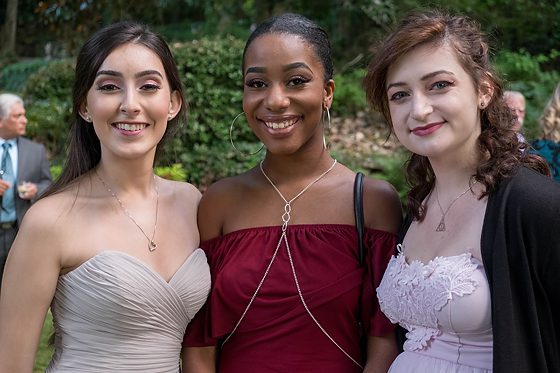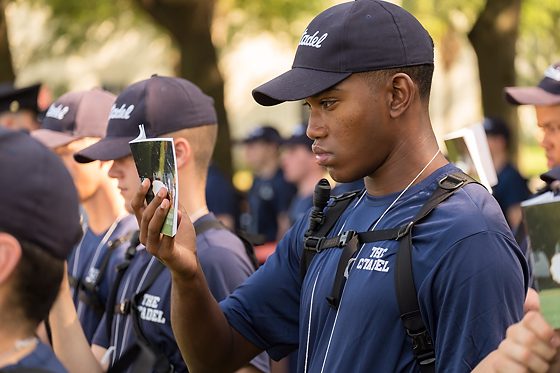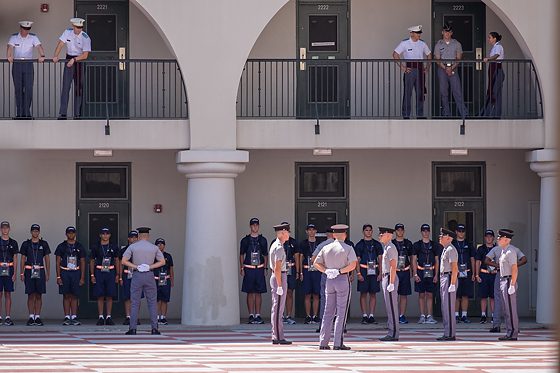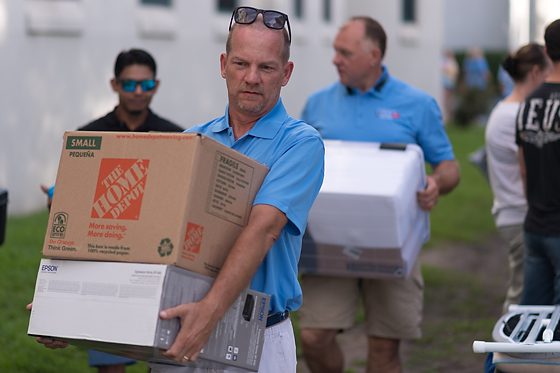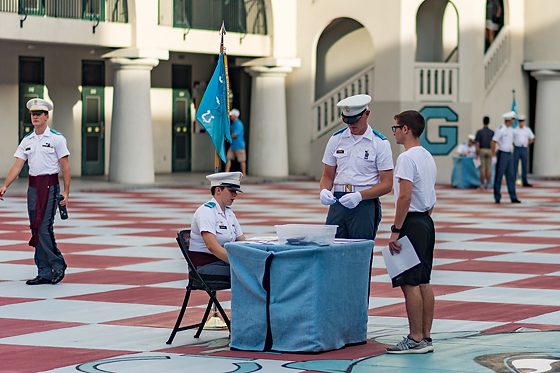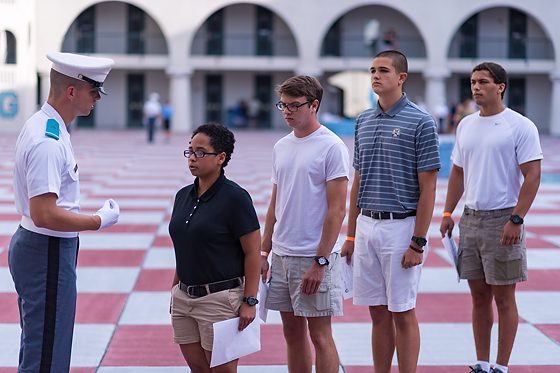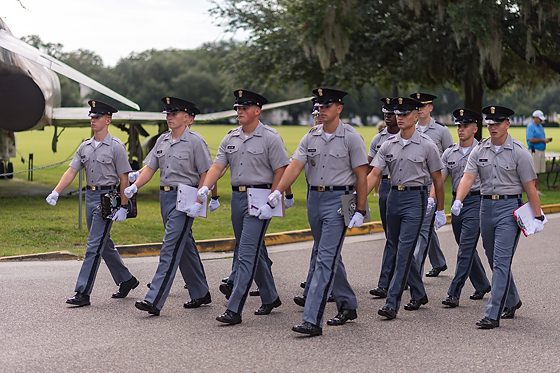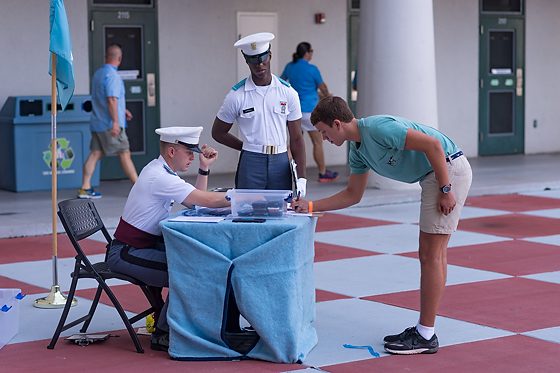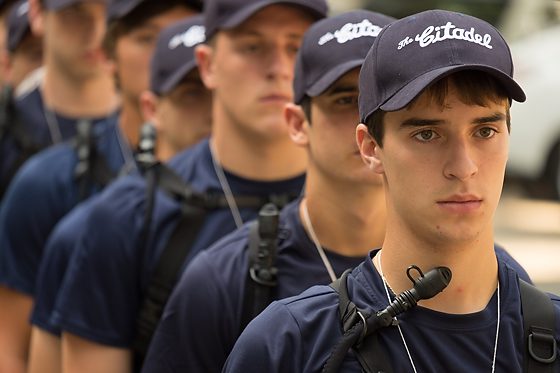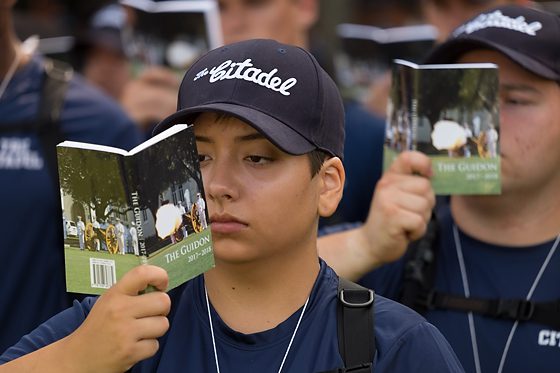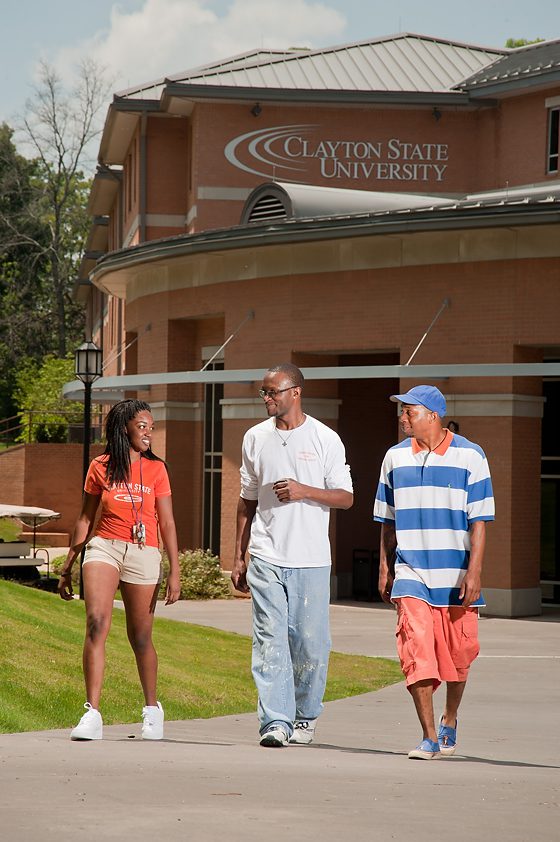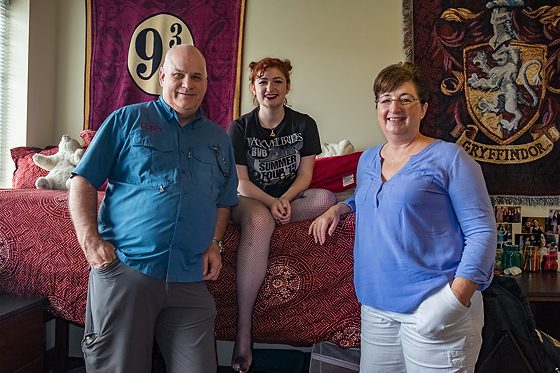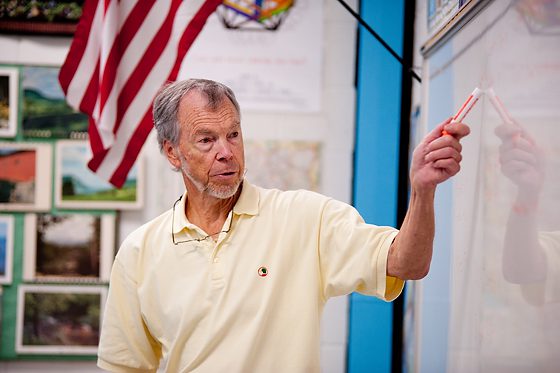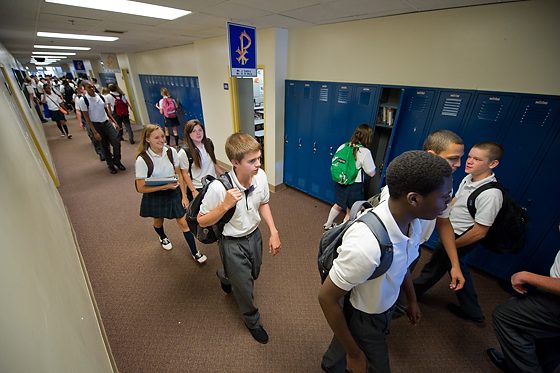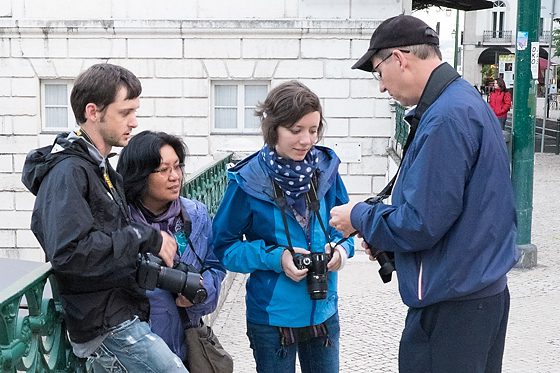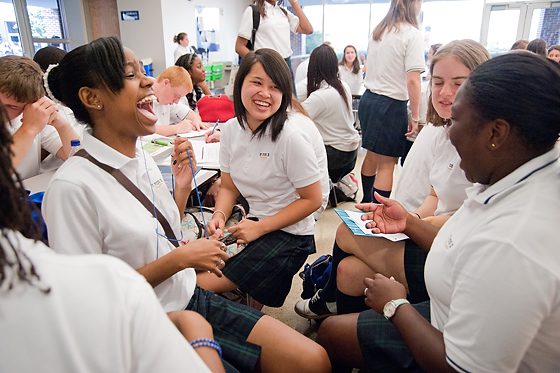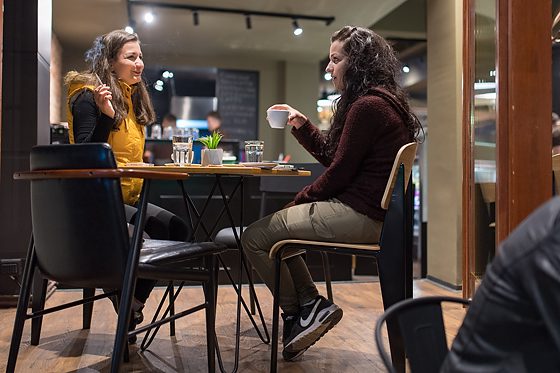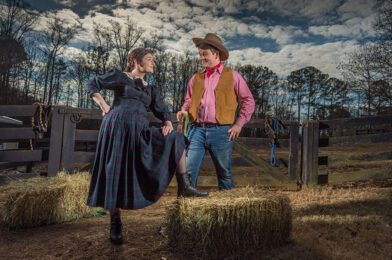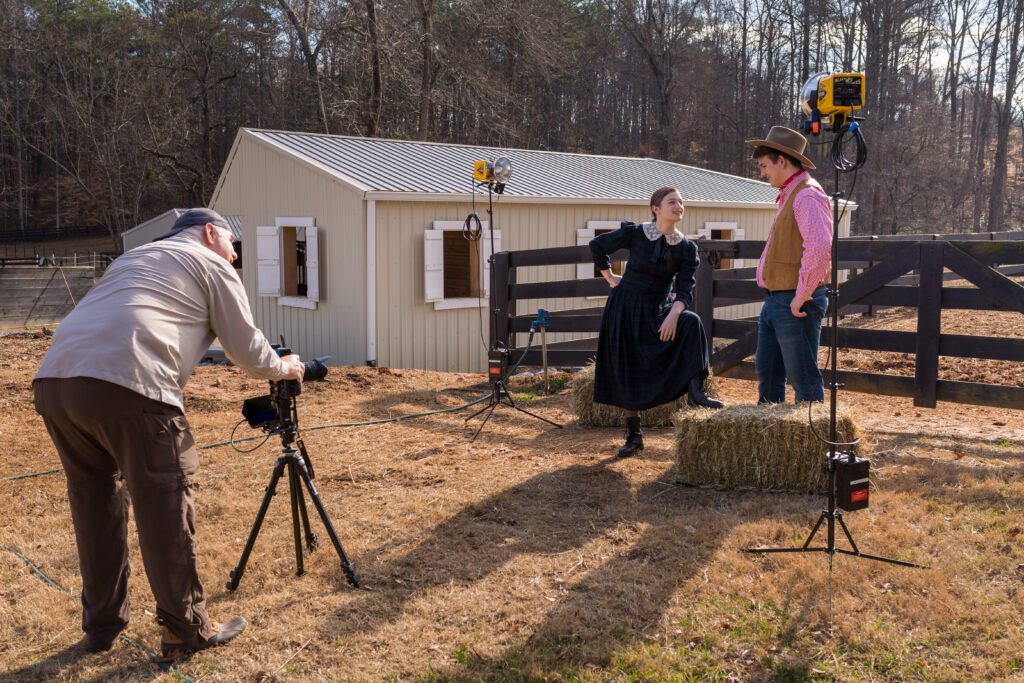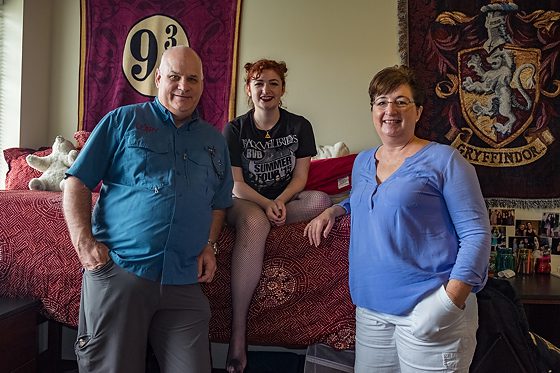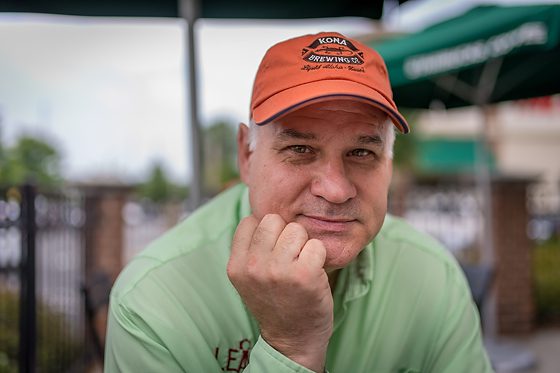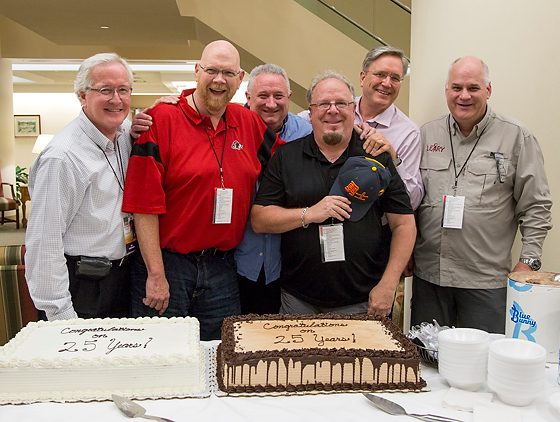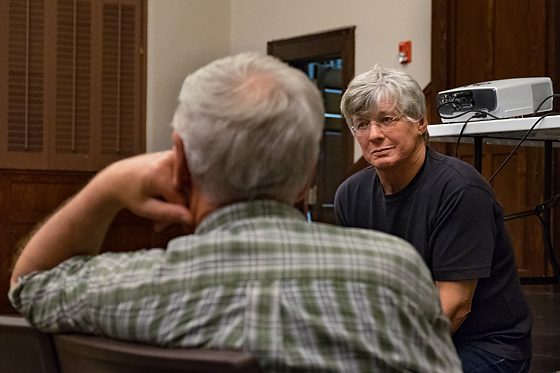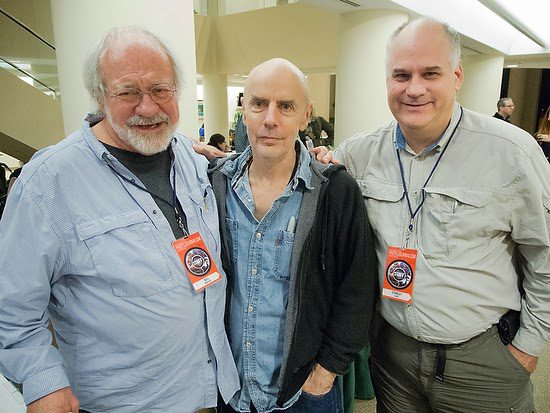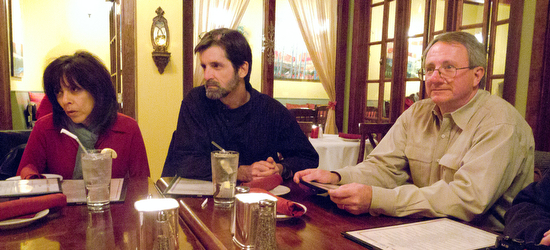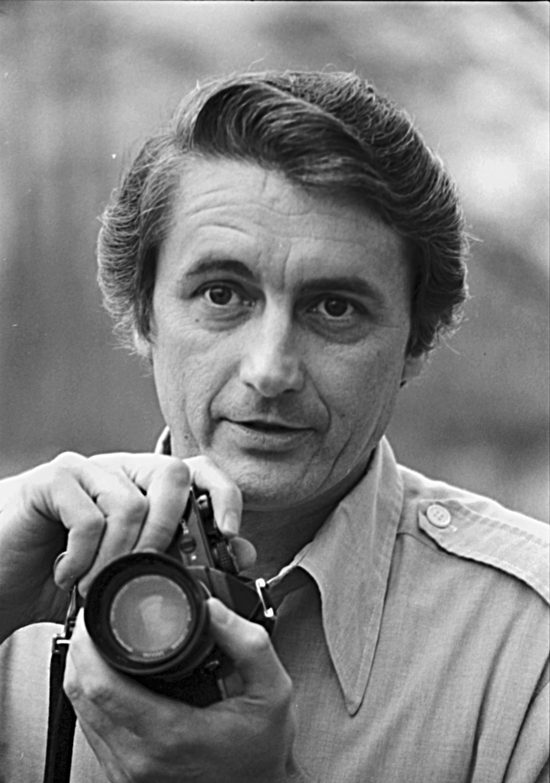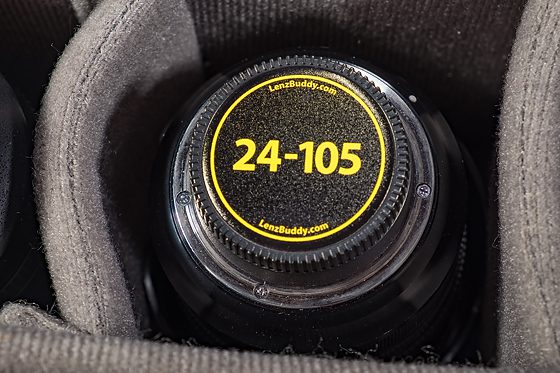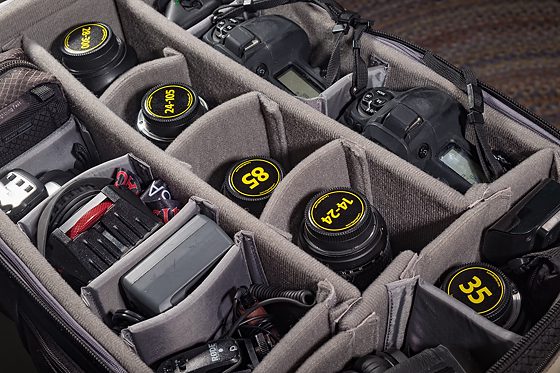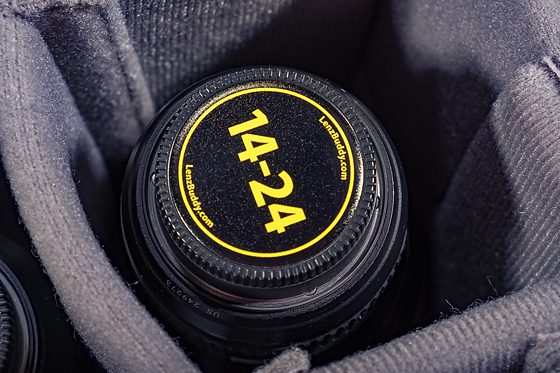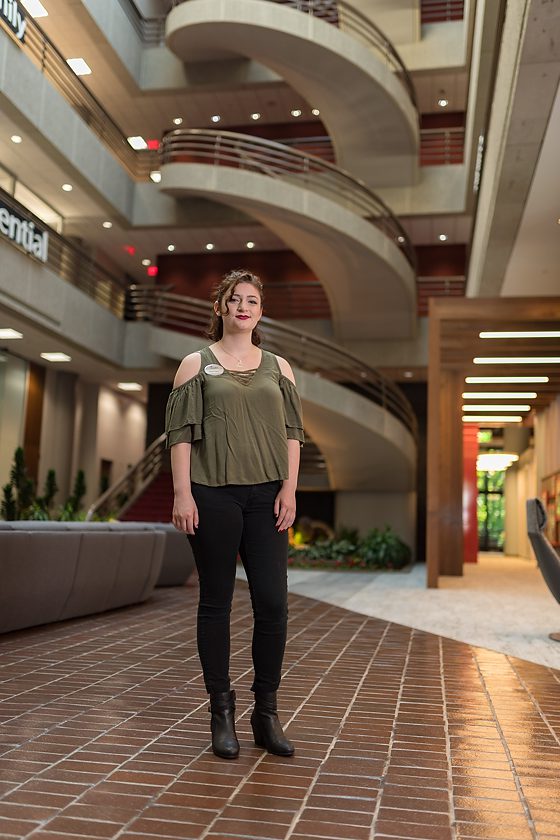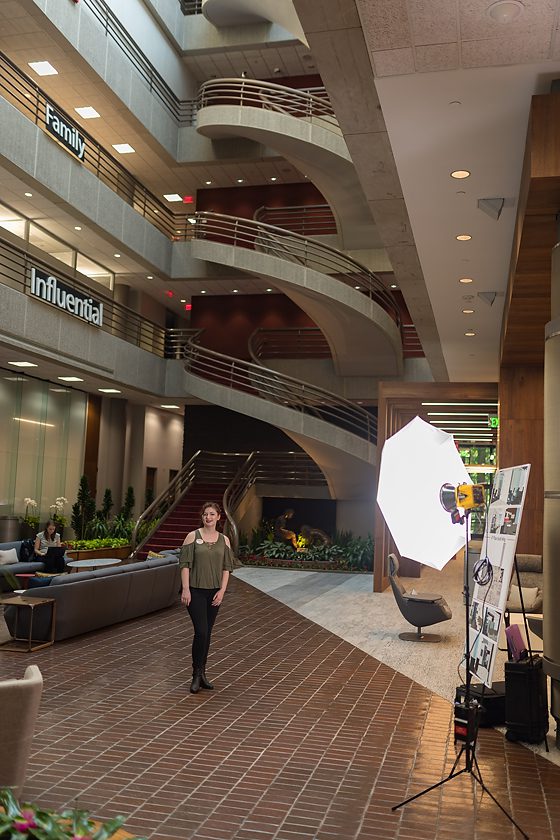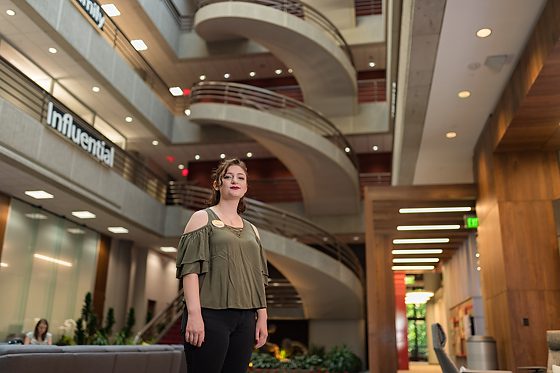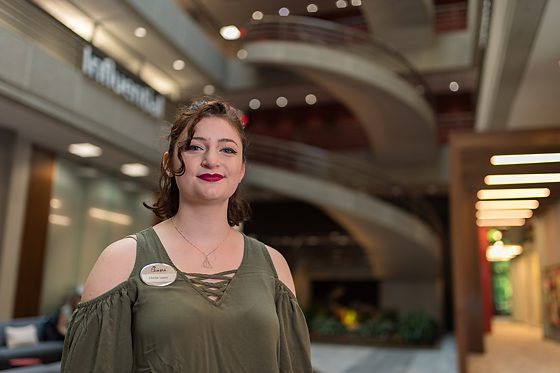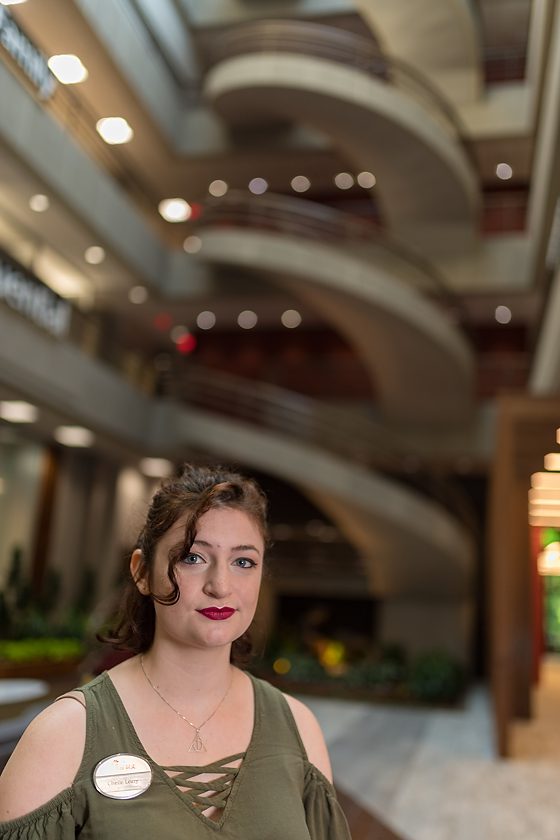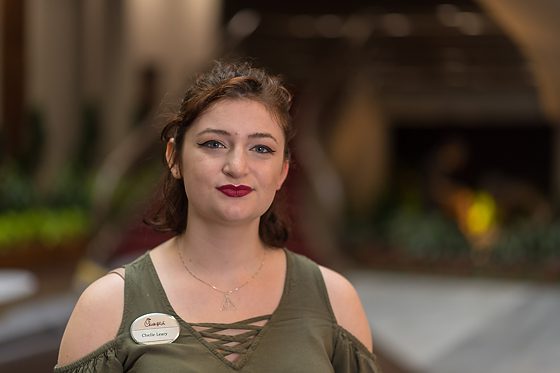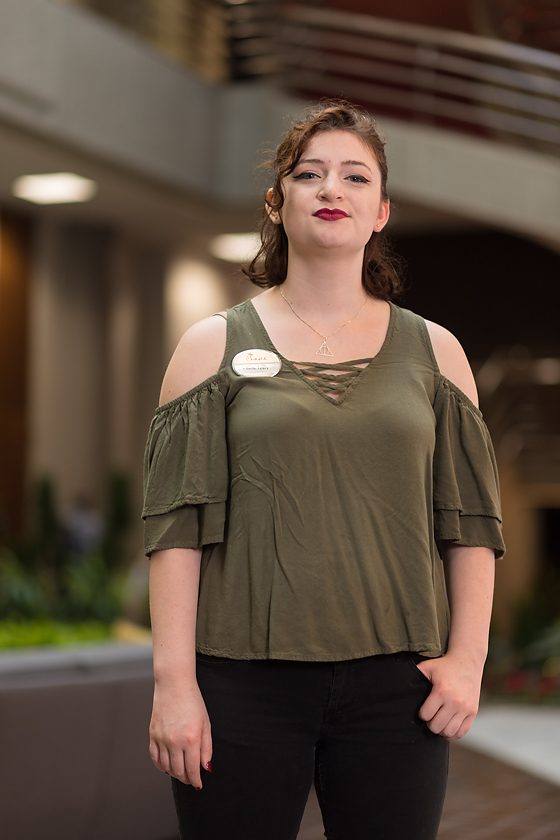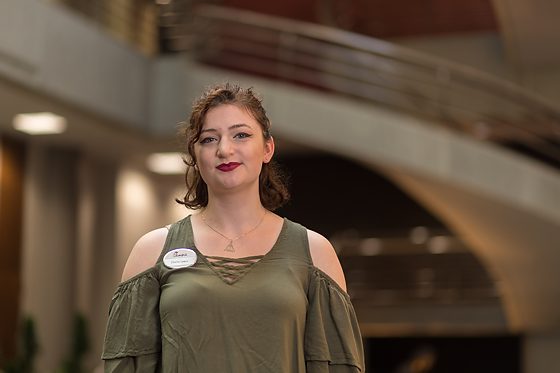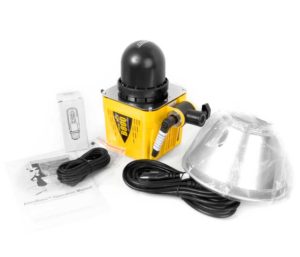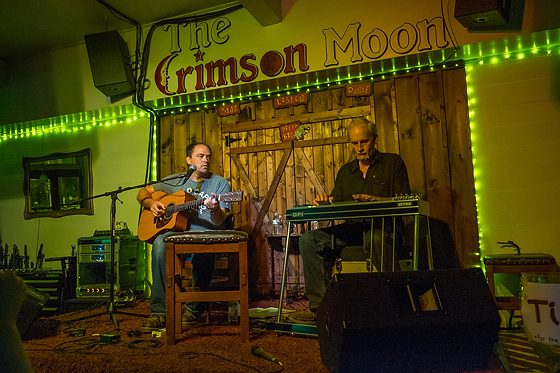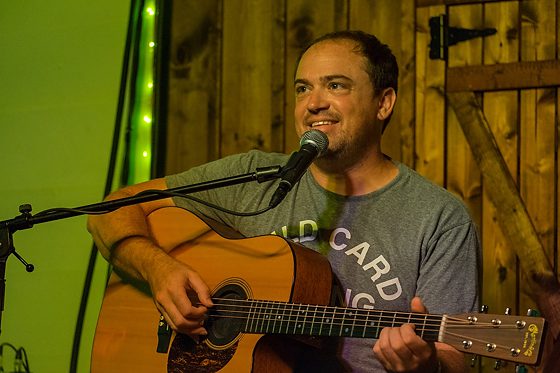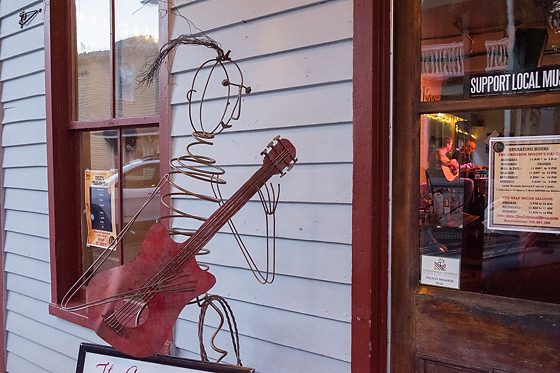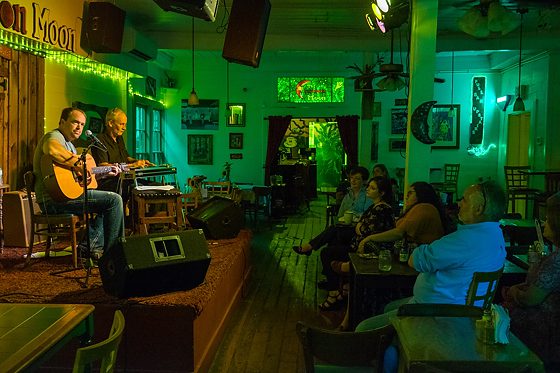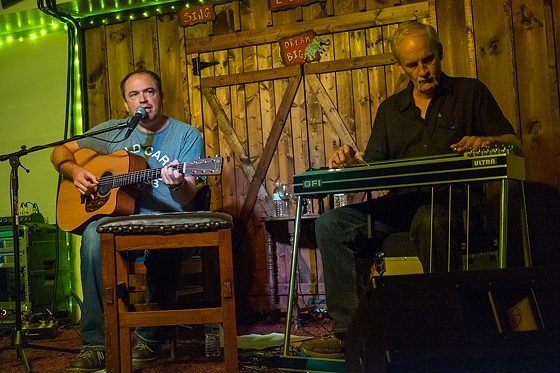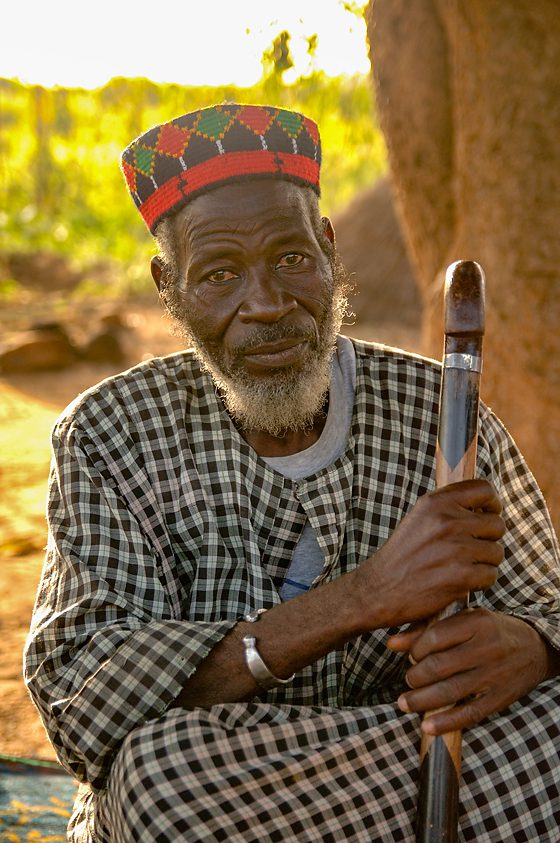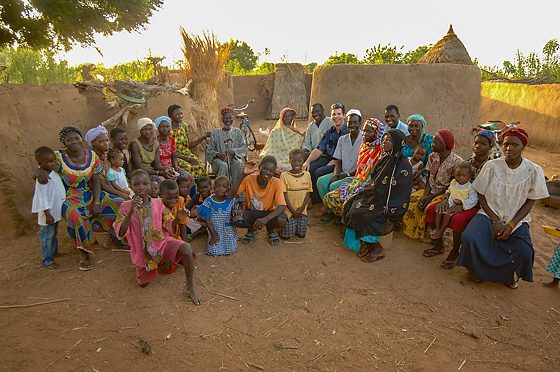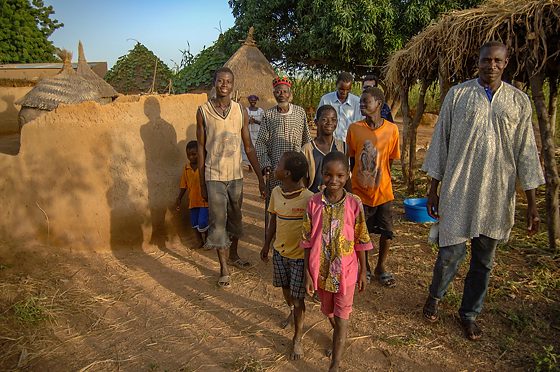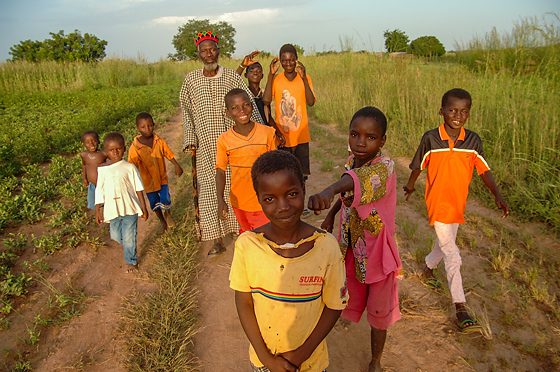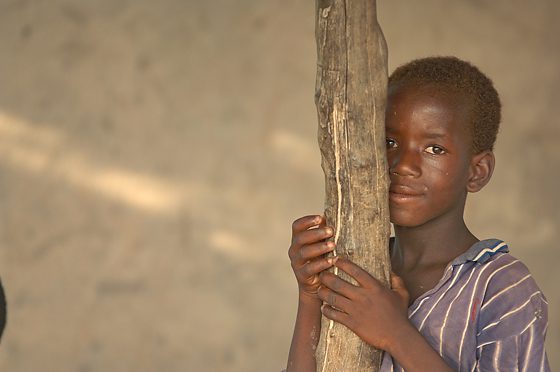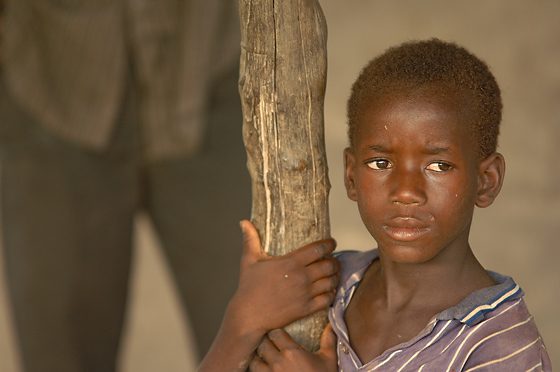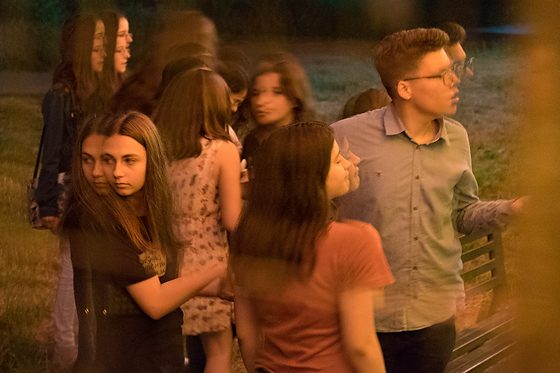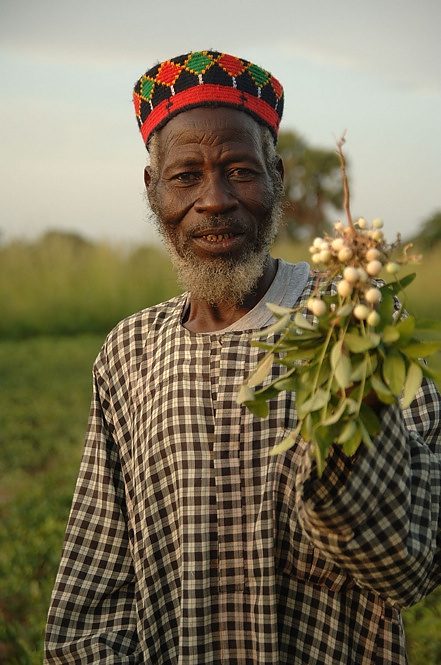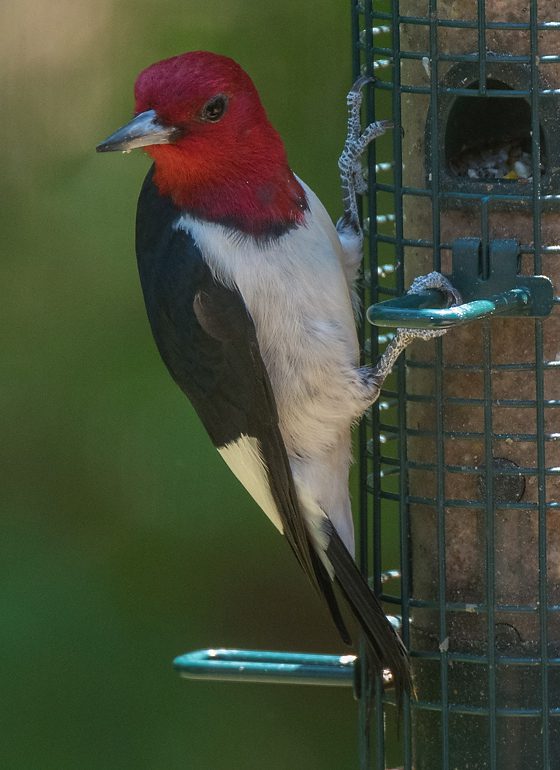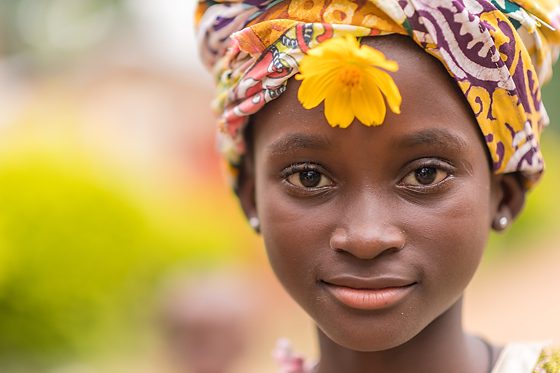Three different ethnic backgrounds, but all of them are friends.
As a business owner I know first hand about how important a relationship with customers is over me being right.
Certain brands have “Raving Fans” because those businesses are thinking of the customer and doing all they can to meet the needs of their customers with solutions they can provide.
One of the most challenging things I struggle with when looking out for a client’s best interests is when I know that a client will suffer because of a decision they are making.
In the 1980’s I remember my uncle, Knolan Benfield, quite clearly, discovering using a projector to show clients their family portraits.

He watched way too many people select 11×14 prints for their walls when they often needed a 40×60 to do justice to the print.

Knolan was able to help people understand that he wasn’t trying to make more money off a giant print but believed that images in a typical living room on the wall needed to be a specific size to be appreciated.
He had a watch and a clock in the room where he would project images. By having the most apparent miniature clocks, they would often squint to tell the time. Then he would point out the other clock where the size of the face was larger.
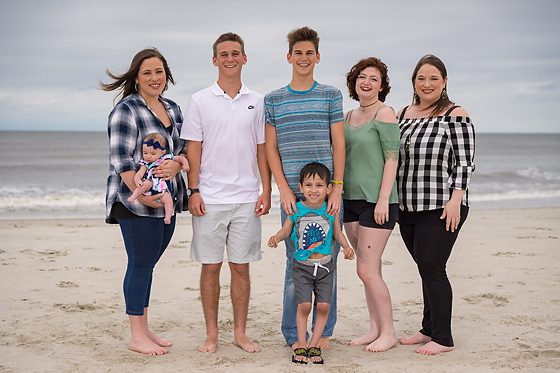
Then Knolan would project the photos on a screen. The projector lens was a zoom, so he could adjust the image size for the clients to see. Having them sit in chairs about the same distance from the walls of their house, customers would then pick the size they liked. Knolan even had frames to show with the photo once they chose the size.
A headshot could be much smaller than a large family outdoor group photo because when you make a face the size of a clock for telling time, you have a good guide that helps guide the customer.
Even with this show and tell, customers would choose smaller images when they saw the price difference. The hard costs prevented my uncle from giving them what they wanted and needed to enjoy the photo they had already invested a great deal to make.
At this point, Knolan had to choose the relationship over being right. If he pushed to show how wrong they were, the relationship would dissolve, and while they might still buy the smaller print, they wouldn’t be back for more photos.
I worked very hard taking these photos of people from around the world. I wanted you to get to know them. They are all God’s children. None of them should be treated like White supremacists do.
You cannot be profitable in business if you do not treat everyone with honor, dignity, and respect. You cannot look down on your customers. You must be able to look them in the eye.
I believe if the United States wants to survive, it must learn to act like a small business owner. They must work to embrace everyone they come in contact with.
Some great things will come from someone who puts relationships first.
One of the best things about dealing with people you disagree with is that it is pretty challenging. Being passionate about your ideas and beliefs makes it quite difficult for you to be willing to listen. I have found time and time again that I have done an abysmal job of thinking of all the ramifications of my thoughts. In the end, having someone challenge me is a good thing.
Your critical thinking cannot be selfish, or it is flawed. When grounded in fair-mindedness and intellectual integrity, it is more balanced.
When others disagree with your ideas, take it to heart and understand why they may not support an argument. This respect for others’ ideas means you are trying to see the other’s perspective. Learning to do this well doesn’t mean you will agree with them, but you can see why they have a different perspective.

This is my uncle James Stanley Leary during WWII as part of Anti-Fascists disrupting a large gathering of ethnic supremacists on Saipan.
In the past few days, Donald Trump has done much Mansplaining to the public through the media. Trump again blames ‘both sides for the Charlottesville violence, spurring outrage. Our military fought against regimes that believed in ethnic cleansing.
Throughout history, different groups have been persecuted. Very seldom are they able to stop the violence? The Indian people were not allowed to turn their crops into fabric by the British. They were beaten if they even owned a spinning wheel. It was Gandhi who used non-violence to show the world how they were being treated by the British.
Martin Luther King used peaceful protests to show how white supremacist would torture them in the streets.
I was at an event where the audience was The Honorable Maynard Jackson, Jr. He commented in a discussion that whites needed most to combat racism by standing up for their black friends.
I think he was right. Everyone needs to speak out against the injustice that is like what we saw in Charlottesville. We also need to hold our president accountable for the role of the presidency, which is to unify our nation and not divide it as his words are doing now.
We cannot allow this to happen to the United States. What happened in Germany after World War I qualified for a White Supremacist movement that caused World War II. It is hard to say how many people were killed during World War II, but estimates vary between 50 million and 80 million. Everybody agrees that it has been the deadliest war ever, wiping out around 3 percent of the world population at the time.
The Nazis were allowed to pursue winning their argument rather than building relationships.

